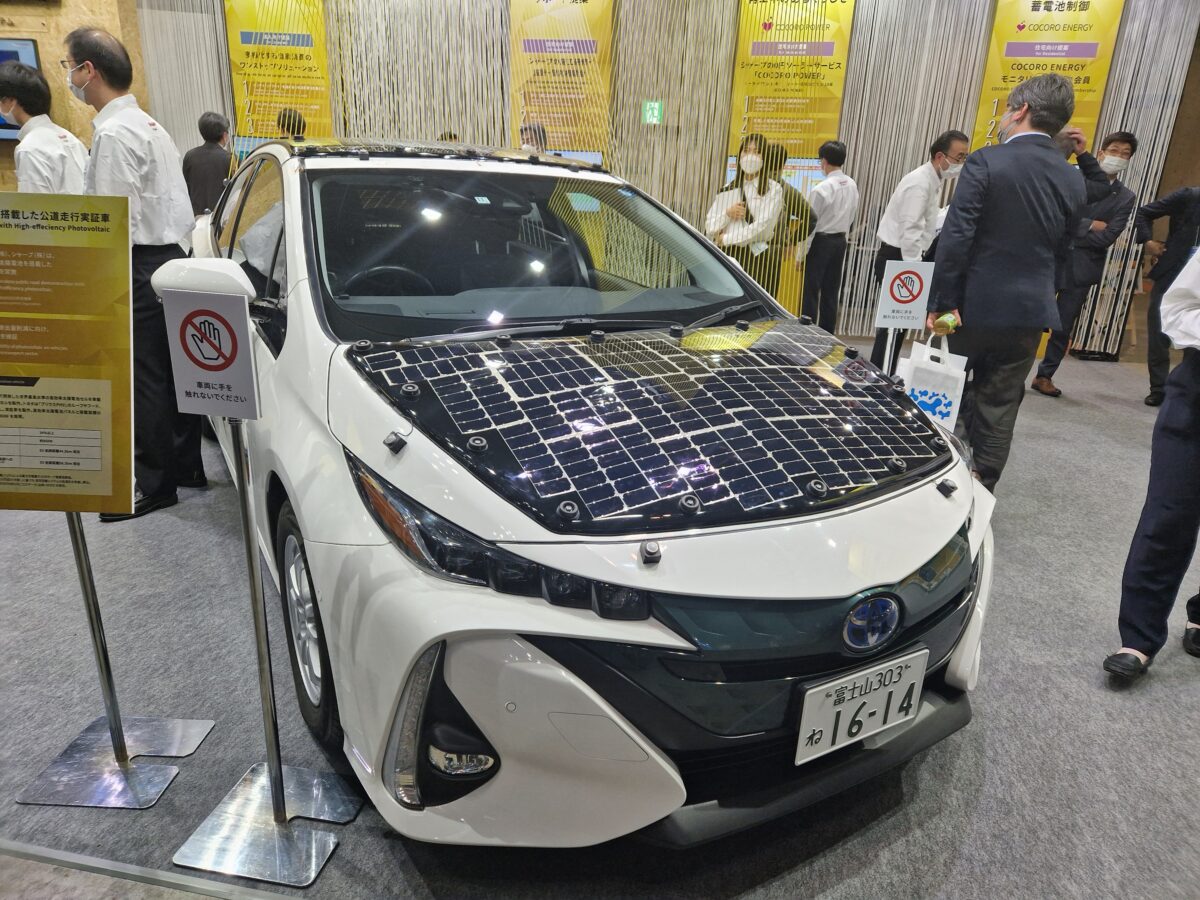Scientists from Portugal's University of Lisbon have investigated an important issue of vehicles integrating photovoltaic modules – parking a PV-powered car out in the sun to recharge it makes its indoor temperature rise, which demands more power for the air conditioning (AC) to reach comfortable levels once the driver is behind the wheel.
“To address this ‘parking dilemma,' we have characterized the thermal properties of a passenger car for typical summer conditions in a moderate latitude temperate location to be able to explore the vehicle's thermal performance when parked in the sun,” the researchers said.
“The natural follow-up plan is to further explore this concept, with actual vehicles with vehicle-integrated PV (VIPV) systems. It would also be important to examine the concept of solar-powered buses,” corresponding author, Miguel Centeno Brito, told pv magazine.

Image: Universidade de Lisboa, Heliyon
For their experiment, the scientists used an Alfa Romeo 156, a mid-sized car painted light grey with a black leather interior. On its roof, the academic team installed a custom-made solar irradiance measurement instrument, while the inside temperature was measured by an infrared thermometer that was installed on the gear shift console.
With this setup, the researchers first measured outdoor irradiance and indoor and outdoor temperatures under different shade conditions at different hours of the day. From 7:00 to around noon, the car was parked in the shade and was out in the sun from midday until 20:00.
“Experiment II consisted of heating the car cabin using an electric heater coupled to a fan, with the car parked in the shade,” they said. “With all doors/windows closed, the experiment was conducted for about an hour, with the heater set to an average power 𝑞 = 500 W.”
The initial car cabin and outside temperatures were 21.5 C. A linear growth of the cabin temperature over time was verified, where a total of 390 Wh was used to increase the cabin temperature by 3 C. After fitting the data points, a slope of approximately 4 C/h was obtained.

Image: Universidade de Lisboa, Heliyon
Using the results from both experiments, the researchers applied them to a set of equations representing a simplified thermal model of the vehicle, solar gain, and heat gain. With those, they were able to find the critical parking time, that is, the minimum amount of time needed for the PV generation to surpass the extra air conditioning load due to the parking session.
“It is found that the effect on the air conditioning load is considerable for vehicles with a low PV installed capacity. For the specific conditions tested, the critical parking time is around 2 hours for a 0.5 kW PV system,” they stated. “For systems with more than 0.8 kW installed capacity, parking in the sun always provides a positive impact on the vehicle's driving range.”
Their findings were presented in the study “The parking dilemma for solar-powered vehicles,” published in Heliyon.
This content is protected by copyright and may not be reused. If you want to cooperate with us and would like to reuse some of our content, please contact: editors@pv-magazine.com.



By submitting this form you agree to pv magazine using your data for the purposes of publishing your comment.
Your personal data will only be disclosed or otherwise transmitted to third parties for the purposes of spam filtering or if this is necessary for technical maintenance of the website. Any other transfer to third parties will not take place unless this is justified on the basis of applicable data protection regulations or if pv magazine is legally obliged to do so.
You may revoke this consent at any time with effect for the future, in which case your personal data will be deleted immediately. Otherwise, your data will be deleted if pv magazine has processed your request or the purpose of data storage is fulfilled.
Further information on data privacy can be found in our Data Protection Policy.